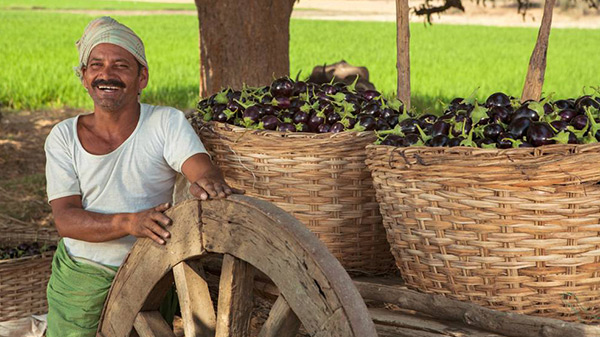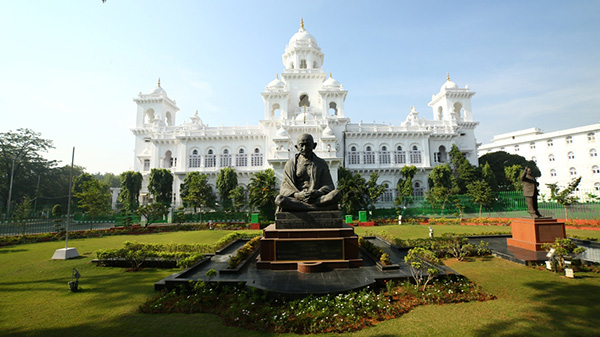Indian Agriculture 2020

A friend was doing research for his company on rural India. He asked me to gaze into the crystal ball and tell him how Indian Agriculture will look like in 2020. Here is what I had shared with him over breakfast, earlier this morning.
Mega Trend 1: A counter-intuitive aspect of Indian agriculture today is the shortage of semi-skilled and unskilled farm labour. In itself, at a macro economic level this is a good sign; but, when you sound any farmer out, the first complaint is about labour shortage and consequent high wage bill. Over time, this is likely to trigger land consolidation and further fragmentation at once, at the two ends of the spectrum. Larger farmers will accumulate more land to make mechanization feasible. Medium farmers will off-load some land and keep just about the acreage they can cultivate with the labour available within the family. Opportunities for Business: Innovations in Indian specific farm mechanization (beyond the classic approach of tractorisation); innovations in labour saving crops, farm practices and inputs.
Mega Trend 2: Swifter shifts in land usage pattern (across different crops, as well as away from agriculture) triggered by shifting cost v benefit v risk and increasing role of free markets with decreasing information asymmetry. Gone are the days a farmer would cultivate a crop because that’s what he had done last year. Opportunities for Business: Networks for gathering market intelligence from grass roots for consumption by all the stakeholders (commodity businesses, brands with agri raw material, ag input companies, ag infrastructure companies, insurance companies, Governments) likely to trigger land consolidation and further fragmentation at once, at the two ends of the spectrum. Larger farmers will accumulate more land to make mechanization feasible. Medium farmers will off-load some land and keep just about the acreage they can cultivate with the labour available within the family. Opportunities for Business: Innovations in Indian specific farm mechanization (beyond the classic approach of tractorisation); innovations in labour saving crops, farm practices and inputs.
Mega Trend 3: Inroads by Bio-Technology. After the phenomenal success of Bt Cotton, Bt Brinjal is waiting by the door. Once one food crop shows the way, others will follow! Farms will then turn into factories, farming with precision and producing crops with traits desired by the consumers. This will blur the differences between independent industry verticals like farm inputs, food, pharmaceutical and packaging. In turn, this may well create a vibrant “wellness” industry. After all, human beings long for four evergreen As. Ability (Physical & Mental performance), Anti-Ageing (internal organ functions) and Appearance (external). Bio-technology promises to deliver these!
Mega Trend 4: Concerns on Food Security for the poor will be outweighed by the concerns on Food Safety of the rich and middle class… The agri-food supply chains will need to deliver identity preserved products to retail shelves, some of which need tracing all the way to farm practices! This requires a recast of the roles of players along the supply chain. Role of Information Technology will be central.
Mega Trend 5: All of these changes ride on a fundamental shift in the agri-extension service. Today, the service is barely customized to crop and region. Tomorrow this needs to be personalized to individual farmers. More complex to design and deliver! But there lies the mother of all business opportunities… raise farm incomes and take a share of that. Create Fortune for the Bottom of the Pyramid and then look for Fortune for yourself.
I was actually looking for two more trends, shook the crystal ball vigorously; but no, can’t see them!
- More conservation agriculture to preserve environment while improving productivity.
- More partnerships among Government, Agri Businesses and Farmers (or their Collectives) to realise everyone’s goals!
May be passive gazing isn’t enough to make these happen. Let’s do something…










